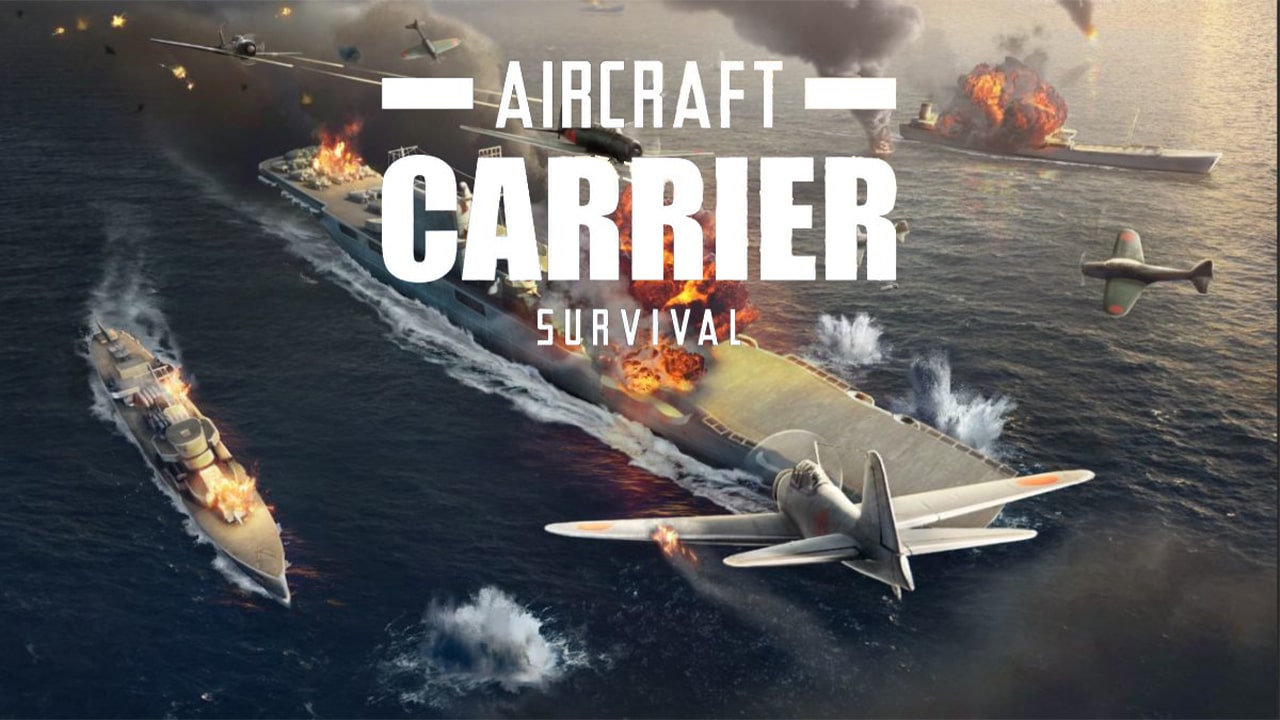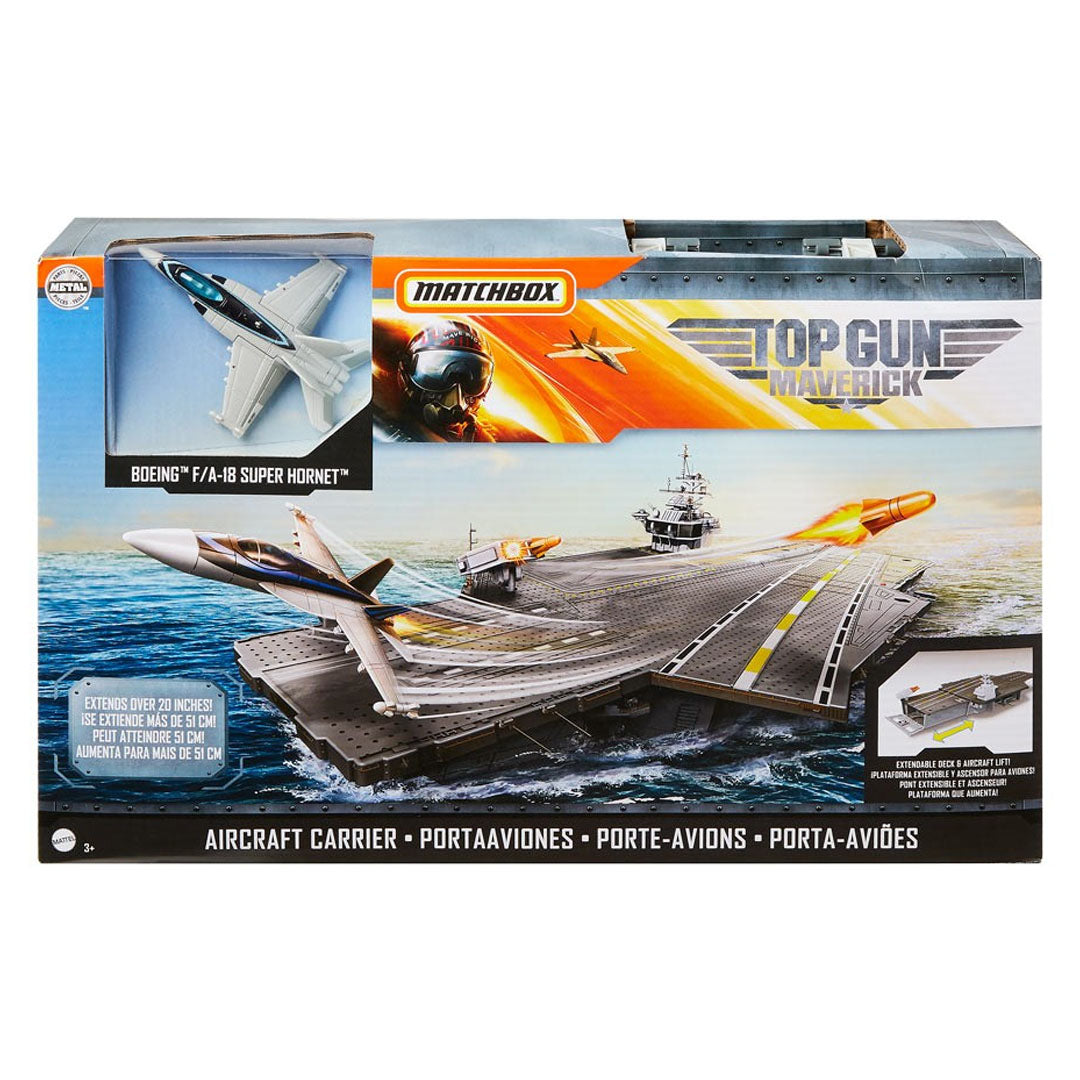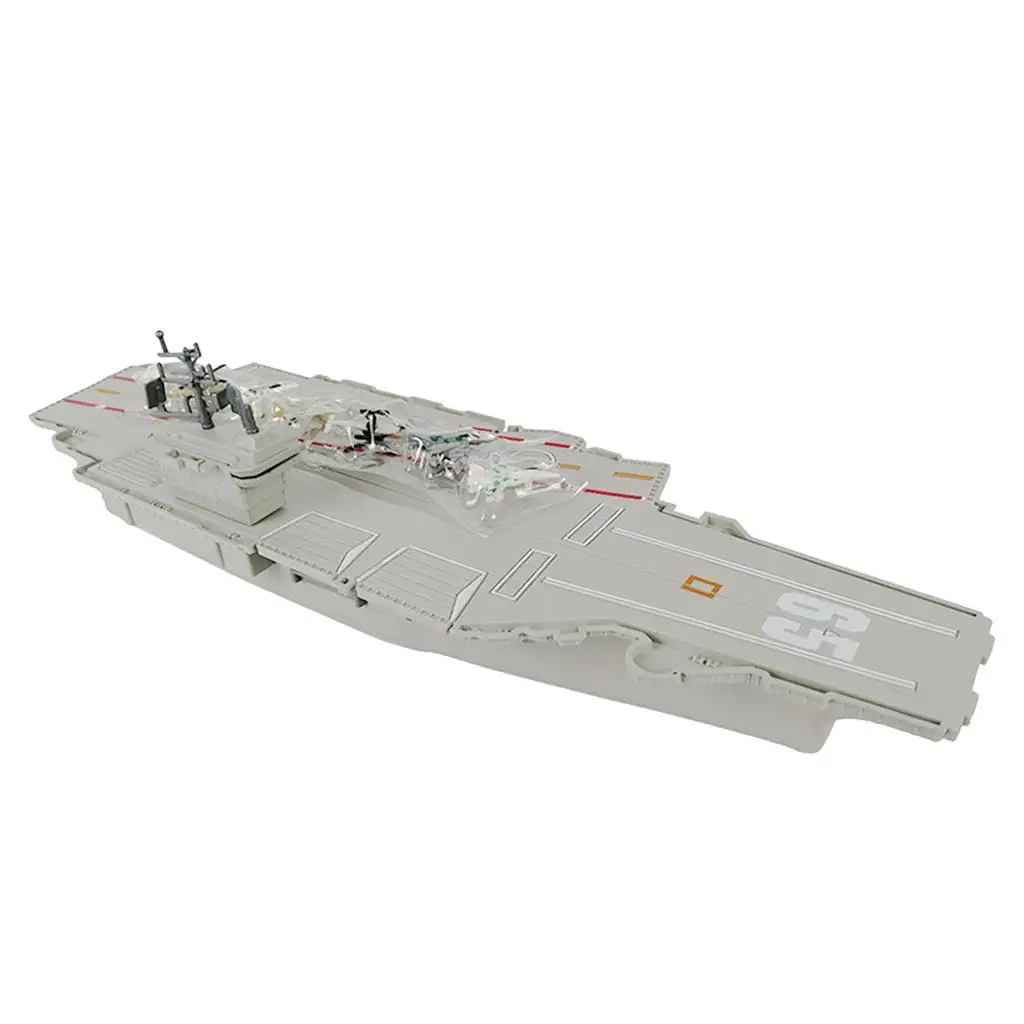Aircraft Carrier Of Russia - Robert Farley, a frequent contributor to the National Interest, is the author of The Battleship Book. He serves as a Senior Lecturer at the Patterson School of Diplomacy and International Commerce at the University of Kentucky.
His work includes military doctrine, national security, and maritime affairs. He blogs at Lawyers, Guns and Money and Information Dissemination and The Diplomat. This piece was originally featured in April 2018 and is being republished due to Reader's interest.
Aircraft Carrier Of Russia
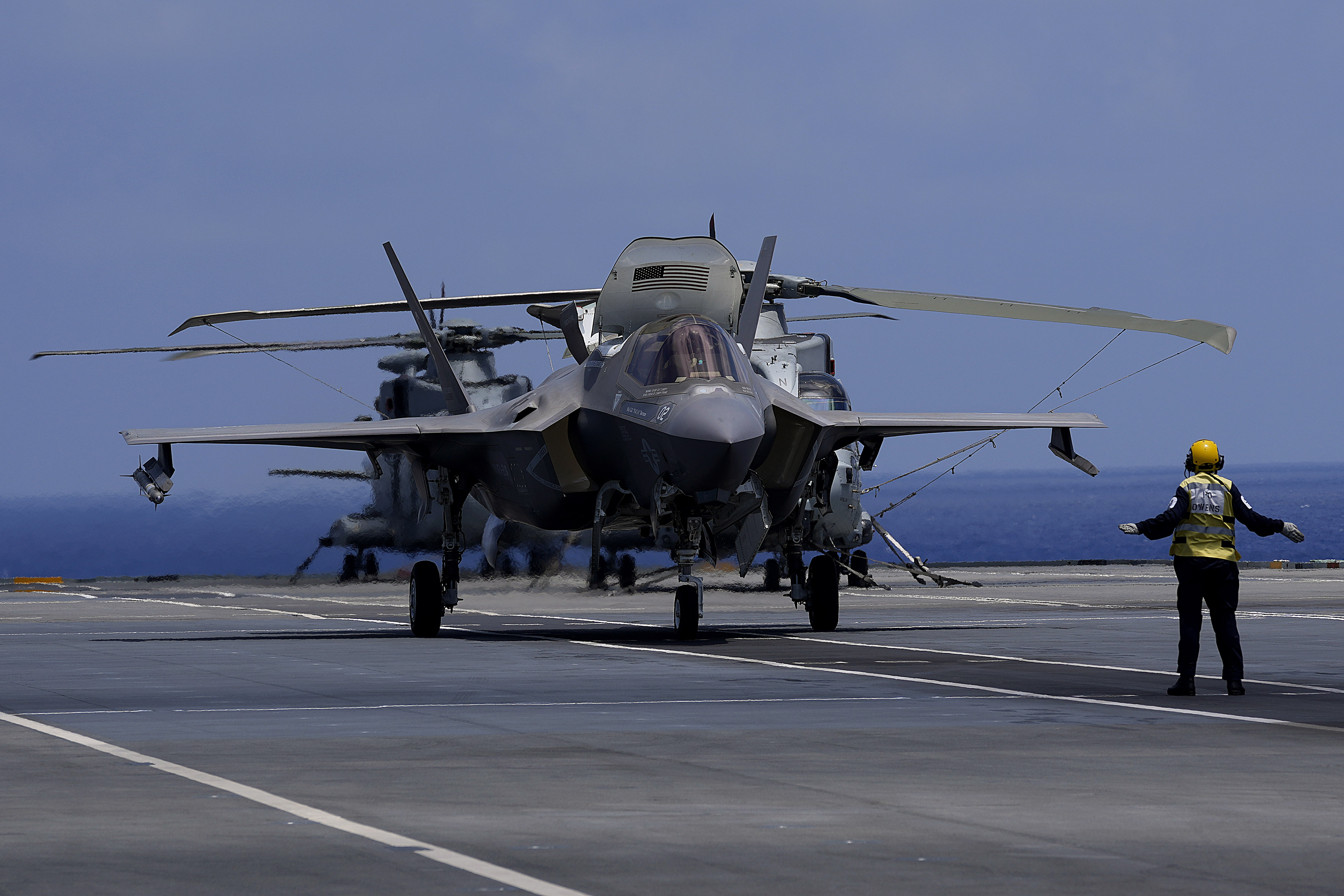
The "blue belt" was a combination of land, sea and air power that would work together to thwart U.S. carrier and submarine forces. Russia could defend the Homeland while providing safe patrol areas for ballistic-missile subs Performing nuclear deterrent missions.
Construction took place at the Black Sea Shipyard in Ukraine—often called Nikolayev South Shipyard 444. It's an old facility, dating back to the 18th century when Prince Grigory Potemkin signed orders in 1789 authorizing new docks to repair Russian Naval vessels damaged during the Russo-
Turkish War. Historically, Russia has been a continental power whose strength is its Massive Army (as has China). The Soviets did build aircraft-carrying ships, but their role was different from that of US Navy carriers. Russia's challenge now isn't projecting Naval airpower into the Mediterranean or the Pacific.
It's defeating Ukraine — or at least holding off fierce Ukrainian counterattacks. The Admiral Kuznetsov, a Flagship of the Russian Navy, suffered a "minor" fire while undergoing repair work at a Shipyard in the Arctic port of Murmansk, according to reports by the Russian state Tass and RIA Novosti news agencies.
Both cited Aleksey Rakhmanov, head of the state-owned United Shipbuilding Corporation (USC) which is overseeing a major refit of the carrier, as saying that the Blaze was quickly extinguished and caused no casualties. In 2018, a floating dry dock holding the carrier sank, bringing down a 70-ton crane that smashed a hole in the deck and killing one worker.
A year later, a fire broke out while workers were welding in the engine room, killing two and injuring 11. Kuznetsov has become known for the dark black smoke it emits and the tugboats that accompany it in case of breakdown — both of which were on display when it sailed to Syria in 2016 for its only combat deployment.
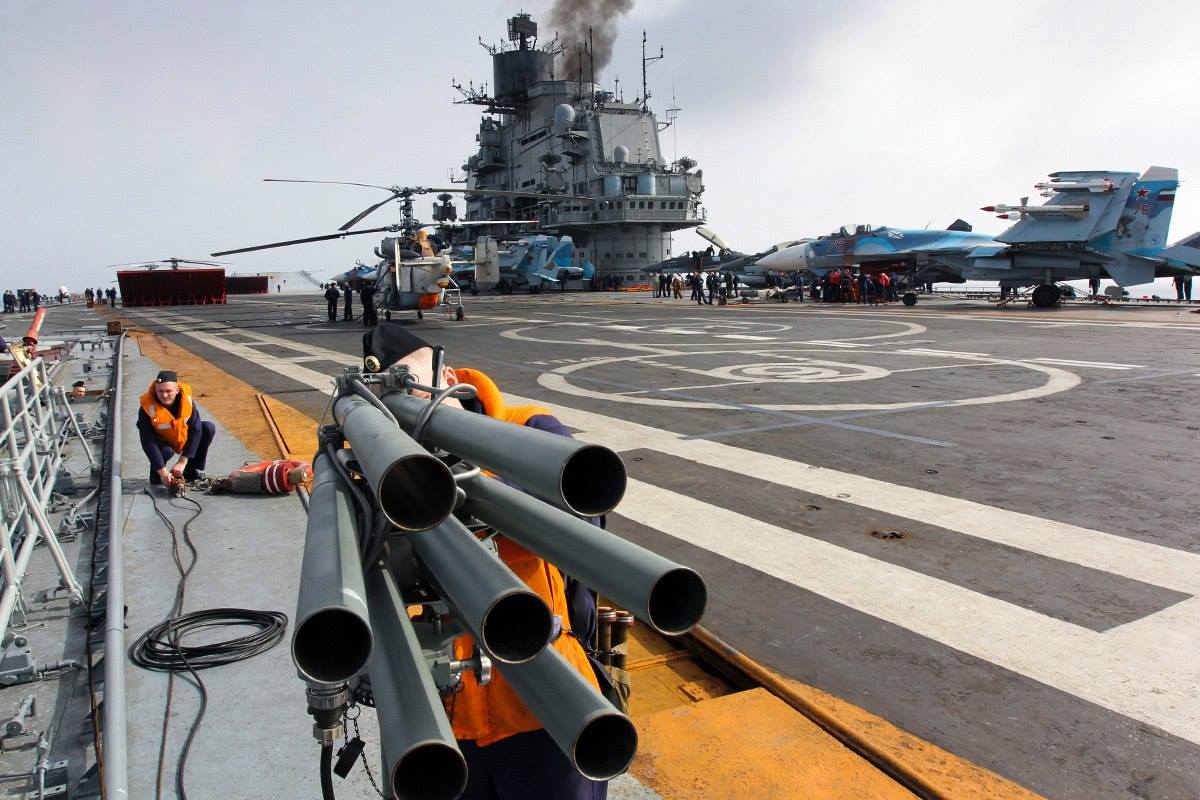
The carrier would have carried at least 44 fighters on board—a combination of Su-33 and MiG-29 attack jets configured for carrier operations. Ulyanovsk's two steam catapults, ski-jump and four sets of arresting cables would have created a bustling flight deck.
"The ship was supposed to become one of the main ones in the USSR," Karginov said, according to a translation of his remarks. "After the Collapse of the country, Ukraine preferred to sell it for a few bottles of vodka, at the price of scrap metal."
Delays and accidents have marred the Admiral Kuznetsov's ongoing overhaul, which began in 2017 and was initially set to conclude last year. At least one person was killed and 12 others were injured after a fire broke out in December 2019. The previous year, a crane crashed onto its deck after a floating dock holding it began to sink, causing unspecified damage.
A fire on board as it sailed near Turkey in 2009 killed a crew member. A month later, an accident while it was refueling off the coast of Ireland spilled 300 tons of oil into the ocean.
All of these ships left service at the end of the Cold War; the Moskvas and one of the Kievs were scrapped, two Kievs ended up as Museums in China, and one was eventually reconstructed and sold to India as INS Vikramaditya.
In the 1980s, the Soviet Union laid down its first two true carriers, although only one was completed before the collapse of the country. The Russian Navy's Sole aircraft carrier, which has been waylaid by years of malfunctions and maintenance issues, will require another year before it can return to service from ongoing repair and modernization work, a military source told Russian state media on Tuesday.
The aviation capability of the Russian navy is dangling by a thread. Kuznetsov is old and in poor condition, and no carrier is even close to being laid down. The Russian surface Fleet has not received a great deal of attention in the latest military modernization plans, and the Russian Shipbuilding industry has not constructed a Warship the size and sophistication of Kuzentsov since… well, Kuznetsov.

That said, the Kremlin seems to view aircraft carriers as an important contributor to national prestige. The Russian navy took great pains to get Kuznetsov into position to support operations in Syria, and despite the embarrassment associated with that, has now pushed the carrier into a major refit.
If the Kremlin determines that it needs a carrier to keep pace with France, Britain, China and India, it will need to begin seriously considering how to build or acquire such a ship. It is not inconceivable that Moscow may consider ordering a carrier from Chinese yards in the future, however profound a reversal that might seem.
Otherwise, Russia needs to start solidifying its construction timelines soon. Sidelined for overhaul since 2017, the Kuznetsov was damaged in 2018 by a falling Dockyard crane that left a 200-square-foot hole in its flight deck. This was followed in December 2019 by a major fire that killed at least one person while the ship was under refit in Murmansk.
Most recently, a fire last month caused what the Russian government called "minor" damage. Admiral Kuznetsov has been Russia's only aircraft carrier since the late 1990s, after Moscow sold and decommissioned other carriers inherited from the Soviet Union.
Since then, Kuznetsov has suffered mechanical failures and accidents that have limited its operations. “Bottom line, if you can't afford to keep the existing Fleet at sea, where are you going to get the money to complete your first nuclear-powered supercarrier, a vessel that will demand even more Manpower that you can't afford?
" Russia has canceled more carriers than most countries have contemplated. In the 1970s the Soviet Union considered the 72,000-ton Orel-class nuclear aircraft carrier, but opted instead for the Kievs and the ships that would eventually become Kuznetsov and Liaoning.
The Soviets laid down an 80,000-ton carrier named Ulyanovsk in 1988, but scrapped the incomplete ship when the Cold War ended. "The Soviets weren't dumb," Holmes explained. "They wouldn't spend themselves into Oblivion to keep up with the Joneses, and as a great land power, they obviously had enormous claims on their resources to fund the Army and air force.
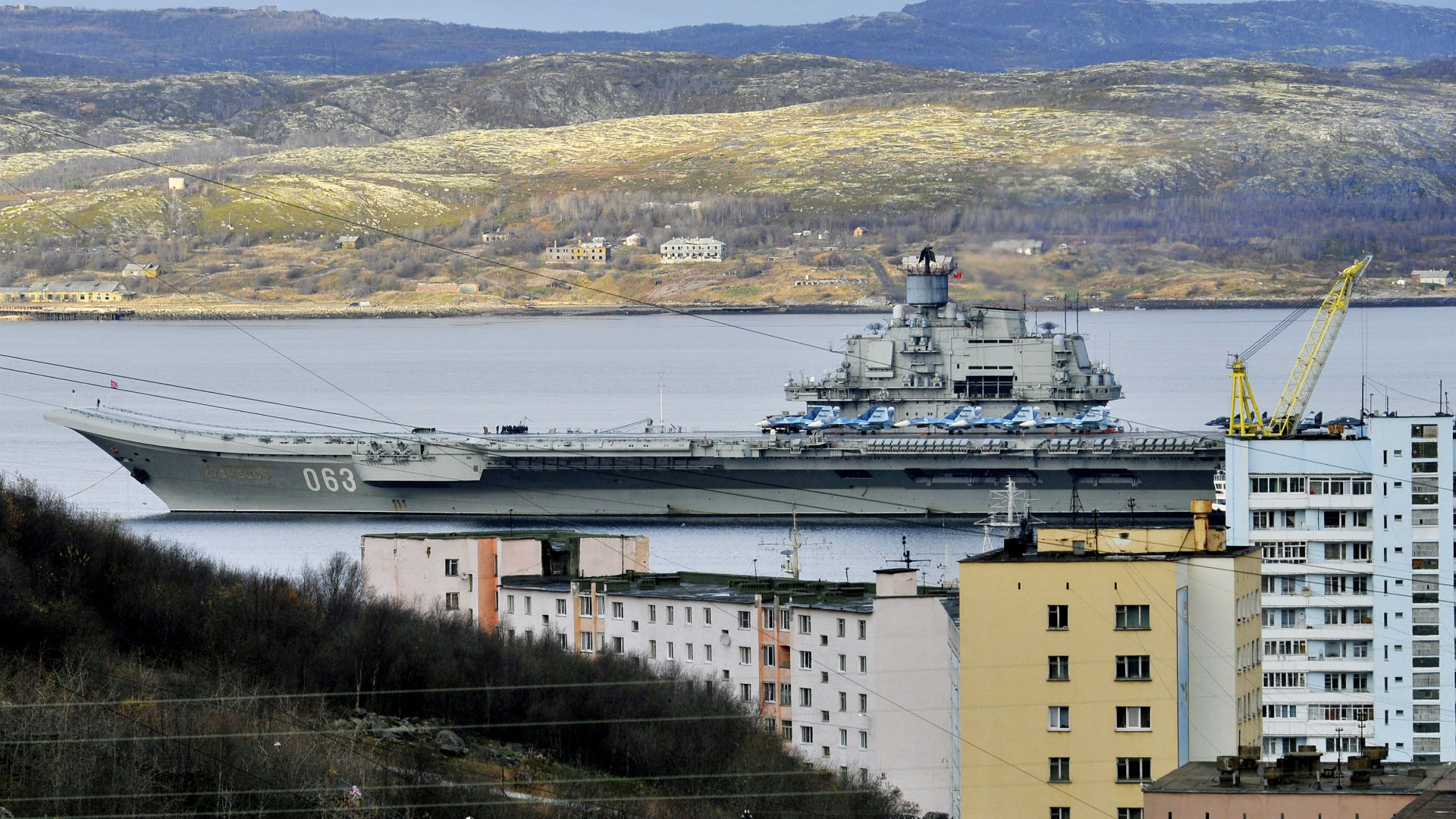
There was only so much to go around for 'luxury fleet' projects." Great nations have carriers, Russia considers itself a great nation, and therefore the ship would be a symbol of national revival and destiny. In other words, a new carrier would be one more reason to forget the bad old days when the Soviet Union disintegrated.
Holmes estimates the cost of a new Russian carrier could be as much as $8.5 billion and take up to seven years to complete. But the Professor also said the Russian quest for a carrier is serious.
Russia has a unique maritime geography, with four fleets operating from four coasts practically incapable of offering mutual support. During the Soviet period, carriers supported the Fleet of nuclear ballistic Missile submarines, offering air and ASW protection for the bastions in which these subs patrolled.
This mission allowed the carriers to de-emphasize Strike capabilities in favor of more defensive weaponry. More recently, the Russian navy has used Admiral Kuznetsov primarily as a vehicle for influence and prestige. Along with the nuclear battlecruiser Pyotr Velikiy and a few other ships, Kuznetsov is a visible manifestation of Russian Naval power, forcing other nations to take note of Russian interests.
As the Syria mission suggests, in the future Russia may focus more on developing strike capabilities in order to project power further. "There's also the keeping-up-with-the-Joneses aspect to carrier development," Holmes continued. "If the U.S. is the world superpower and the U.S.S.R.
wants to keep pace, then Soviet leaders want the same toys to demonstrate that they're keeping pace. It sounds childish, but there are basic human motives at work here.” Varyag, a sister ship to the Admiral Kuznetsov, was still under construction when the Soviet Union dissolved in 1991. When the ships of the Soviet Black Sea Fleet were split between Russia and Ukraine, the Ukrainians took possession of the Varyag.
Ukraine then sold the unfinished vessel for $20 million to a Chinese buyer who claimed it would be converted into a floating casino. Russian defense planners often announce projects as a means of gaining resources and prestige, rather than as part of a plan to build anything in particular.
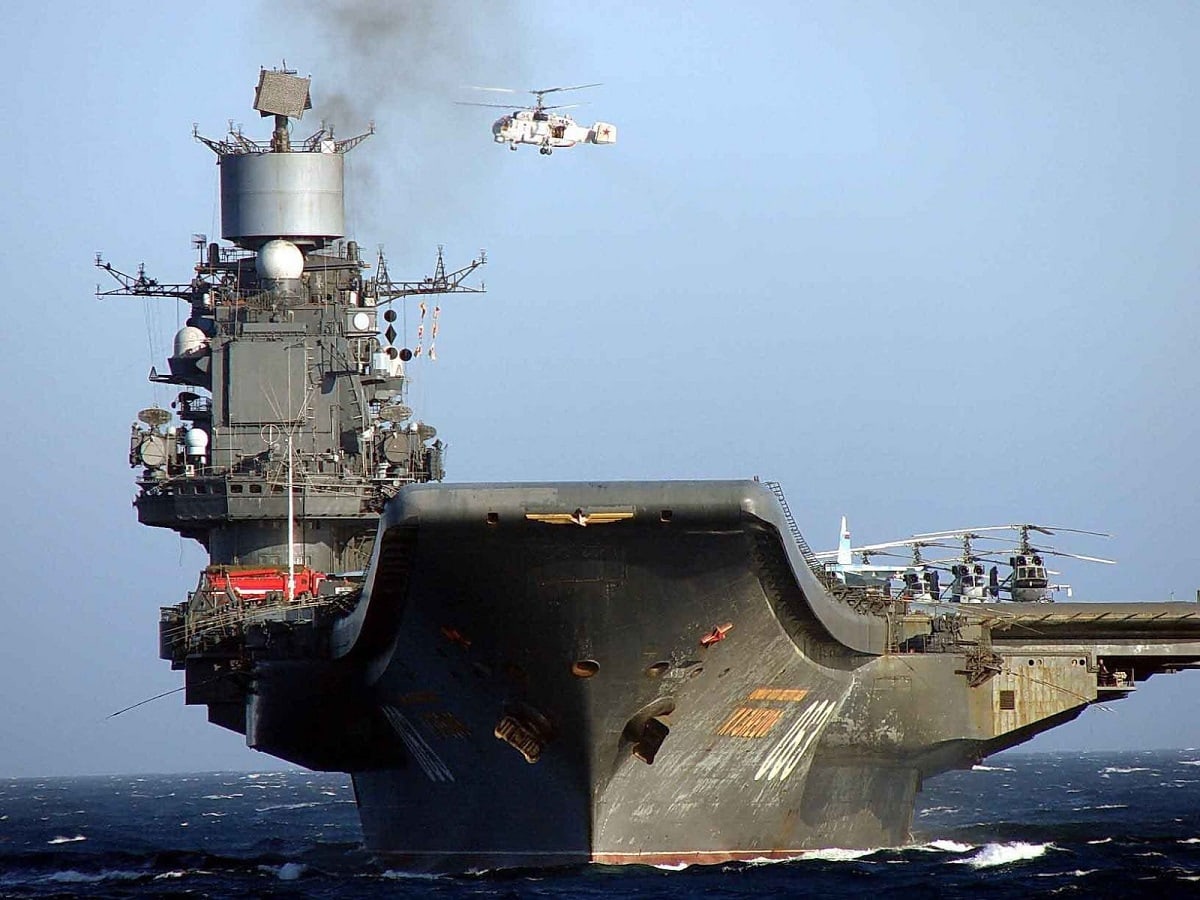
At one point, President Dmitri Medvedev suggested that Russia would build and operate six aircraft carriers by 2025; obviously, that's not going to happen. But there is an existing plan for the Project 23000E Shtorm carrier, a 100,000-ton nuclear-powered supercarrier employing EMALS catapults and a variety of other modern technologies.
The carrier would presumably fly MiG-29K fighters, although the age of that aircraft would suggest the need for a replacement. The ability of Russia to build this ship under current circumstances is in deep question, however.
Had she ever sailed, the Soviet supercarrier Ulyanovsk would have been a Naval Behemoth more than 1,000 feet long, with an 85,000-ton displacement and enough storage to carry an air group of up to 70 fixed and rotary wing aircraft.
The Soviet Union made several efforts at developing aircraft carriers early in its history, but a lack of resources, combined with a Geography that emphasized the importance of land power, made serious investment impossible. During the Cold War, the first Naval aviation successes were Moskva and Leningrad, a pair of helicopter carriers designed primarily for antisubmarine warfare.
These ships, ungainly in appearance, displaced 17,000 tons, could make about thirty knots, and each carried eighteen helicopters. Moskva entered service in 1967, Leningrad in 1969. The Moskvas were succeeded by the Kiev class, much closer to true aircraft carriers.
Displacing 45,000 tons, the four Kievs (each built to a slightly different design) could make thirty-two knots and carry a combination of about thirty helicopters and Yak-38 VSTOL fighters. "When the diving teams examined the ship's hull, it was found that the metal structures below the third deck were subjected to significant corrosion," RBC-Ukraine said, according to a translation.
"The holds are completely filled with muddy water, which makes it impossible to examine the ship from the inside in detail." The refit begun in 2017 was meant to extend Kuznetsov's service life another two decades, removing Missile silos and adding new electronics and anti-aircraft systems as well as allowing it to carry 50 aircraft.
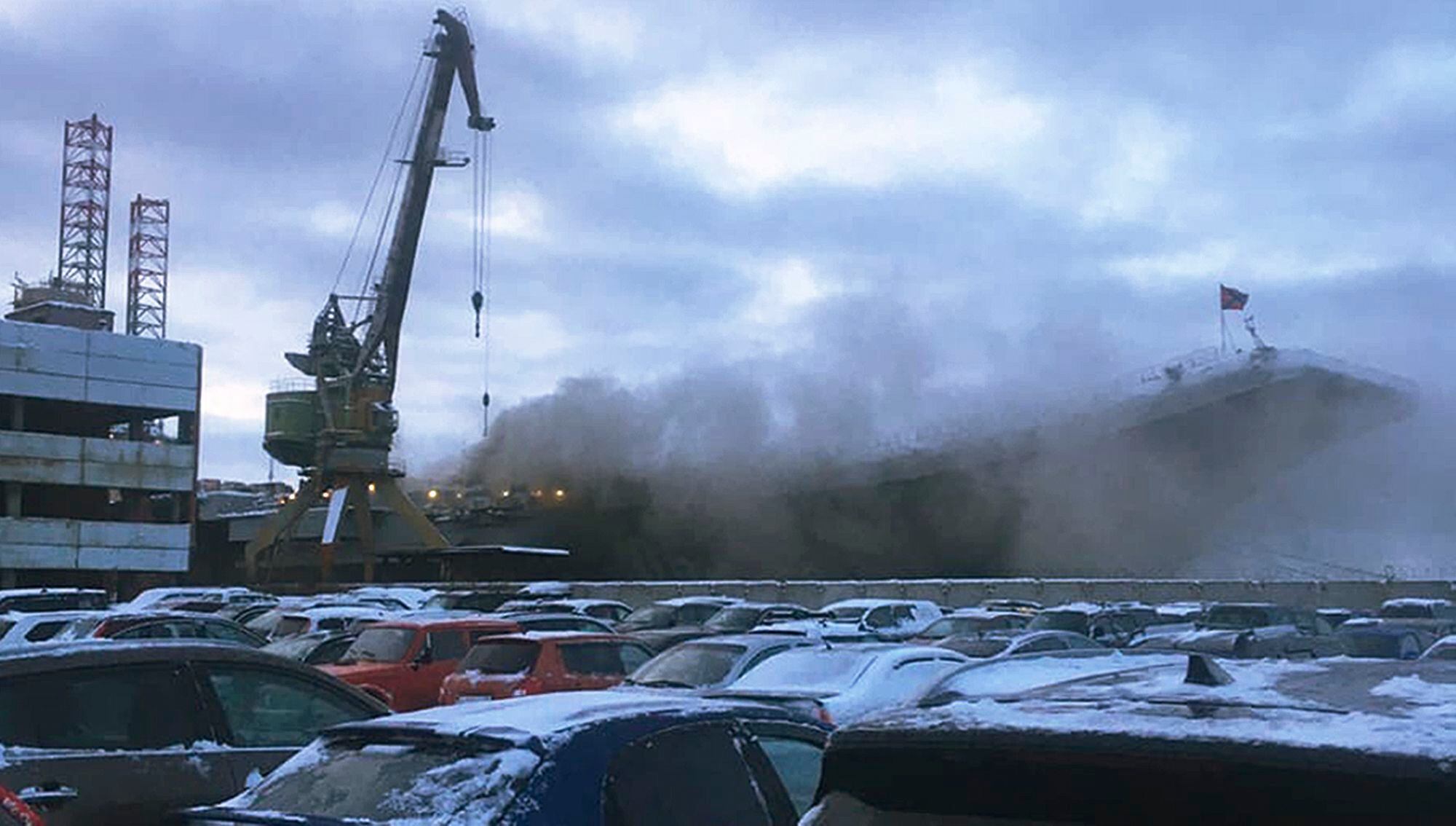
Since then, however, Kuznetsov has only had more problems. Unfortunately, hiccups with Kuznetsov have also made it difficult for Russia's Naval aviators to remain practiced and effective. The ship has suffered multiple breakdowns over its career, including significant issues with its engines and recovering aircraft.
Many of these difficulties came as a consequence of the dramatic decline of maintenance funding at the end of the Cold War, but some were the inevitable result of inexperience with the platform type. Admiral Kuznetsov has engaged in several Prestige cruises, but his most notable service came in 2016 off of Syria.
After a much publicized journey to the Mediterranean, Kuznetsov conducted combat operations for two months. The operations had more of a publicity impact than a real military effect, and Kuznetsov lost two aircraft (one MiG-29K and one Su-33) to accidents.
The carrier is currently in refit. But the Ulyanovsk is a tantalizing "almost" of history. Moscow never finished the project, because it ran out of money. As the Cold War ended, Russia plunged into years of economic hardship that made building new ships impossible.
To support Kuznetsov, Russia attempted to purchase a pair of French Assault carriers, but the Conquest and annexation of Crimea forced France to cancel the sale. These ships would have served as amphibious platforms with antisubmarine (ASW) capabilities, but also would have given the Russian navy experience with relatively large, technologically advanced vessels.
Indeed, part of the deal would have allowed Russia to construct two Mistrals to French specifications in its own yards, which would have provided a major boon to Russian shipbuilding. A 40-year-old aircraft carrier in the Black Sea won't provide much value.
The money would be better spent on new missiles and drones, which have proven effective in bombarding Ukrainian infrastructure. It's a little late for Russia to become a carrier power. The Admiral Kuznetsov has never been lucky.
Launched in 1985, the 60,000-ton vessel has suffered engine breakdowns, multiple fires, and Bizarre Shipyard accidents. In 2012, it had to be towed to port by a tugboat after losing propulsion off the French coast.
russian aircraft carriers in service, list of aircraft carriers wikipedia, current russian aircraft carriers, russian aircraft carrier news, russian aircraft carrier fire, countries with aircraft carriers, number of russian aircraft carriers, russian aircraft carriers today

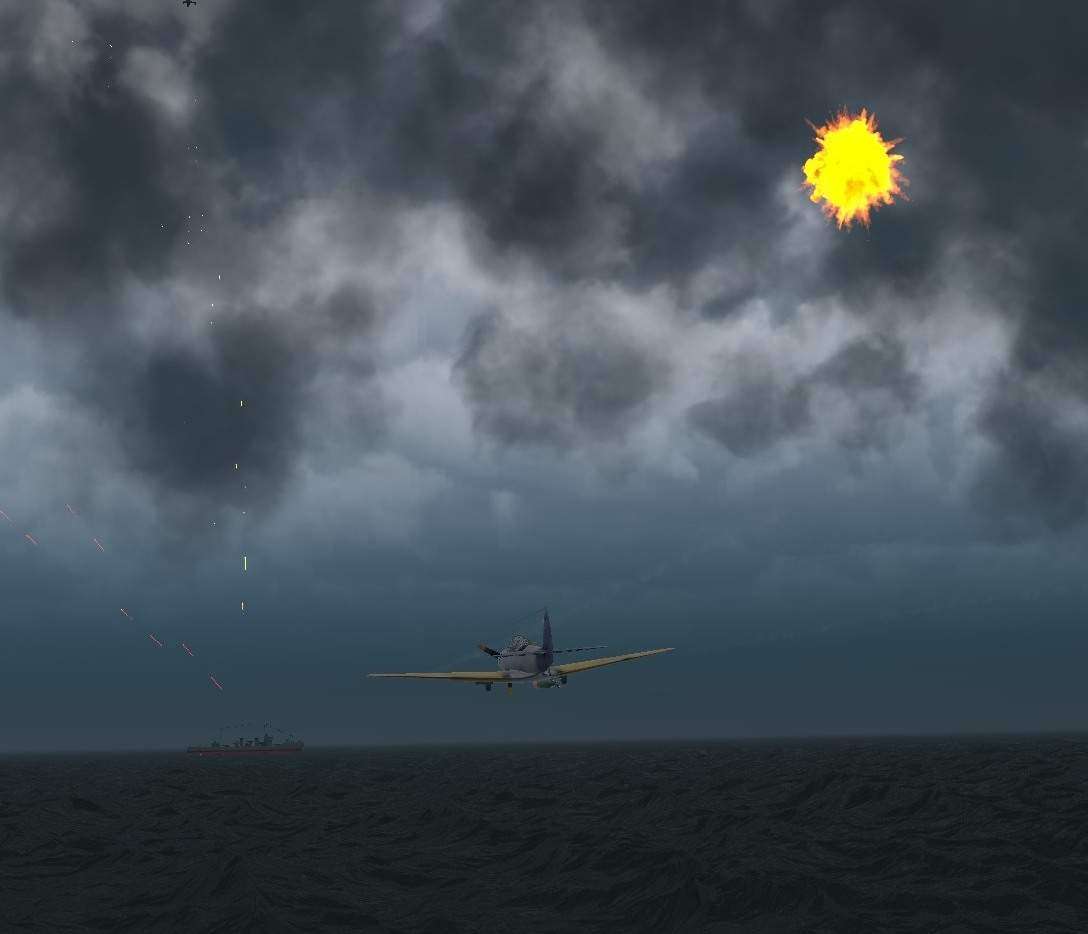
![Download Aircraft Carrier Survival: Table For Cheat Engine [Upd: 04/23/2022] {Reskyaw}](https://i.playground.ru/e/MFhHFn7pFEXQ54sEw0avNw.jpeg?1200x900)


